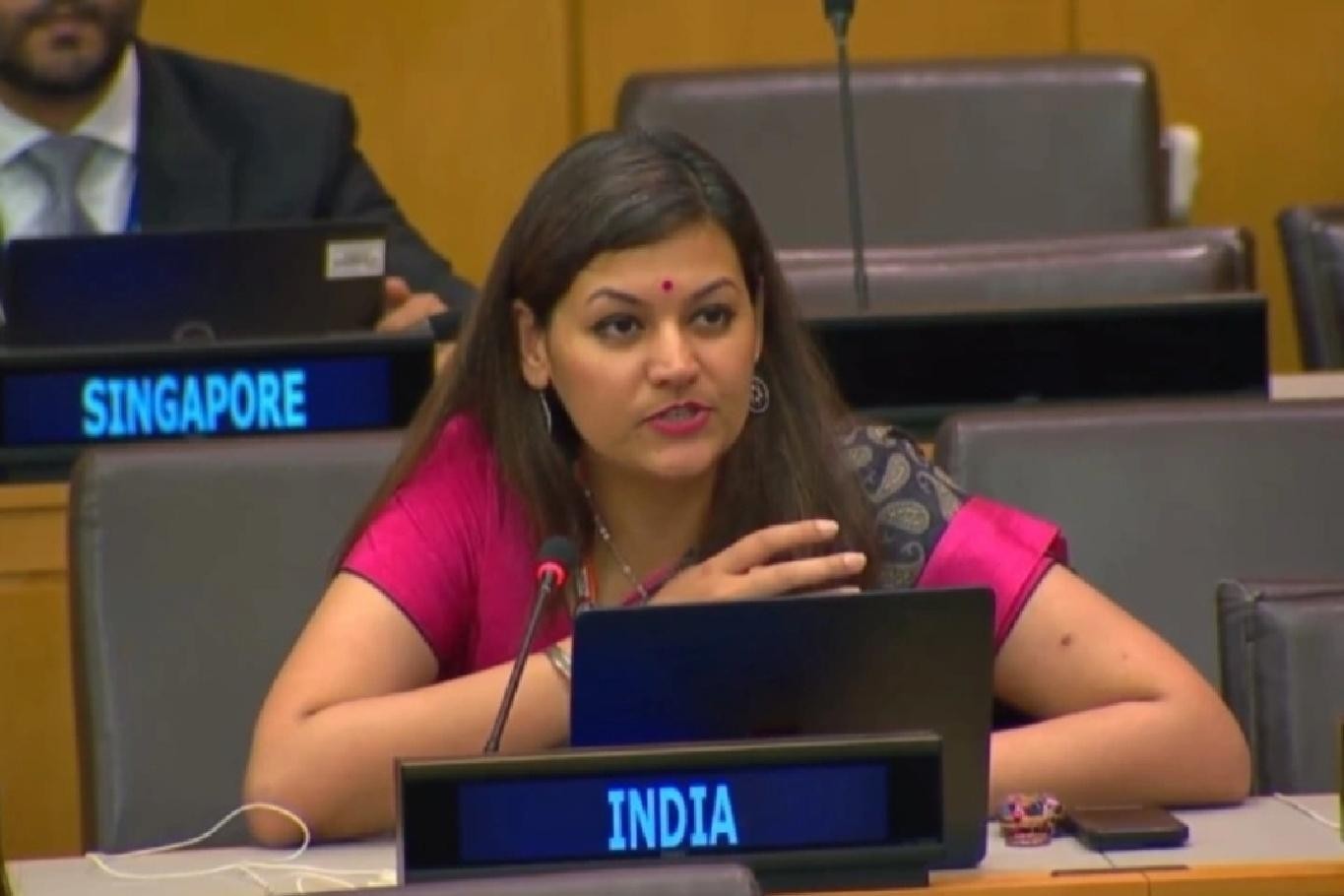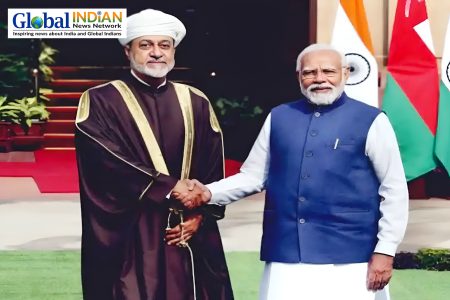
India emphasized its significant contributions to the United Nations Development Programme (UNDP) resources during an interactive dialogue at the UN. Petal Gahlot, India’s First Secretary for the Second Committee of the UNGA, highlighted this during her address on Tuesday. She noted that during India’s G20 Presidency, the UNDP served as a knowledge partner on Digital Public Infrastructure.
Gahlot also underscored the collaborative efforts between India and the UNDP on the localisation of Sustainable Development Goals (SDGs) and the multidimensional poverty index in India. She shared on social media that her participation in the dialogue involved discussions on these key partnerships and contributions.
In April, India led the United Nation’s First International Conference on Digital Public Infrastructure. Ruchira Kamboj, India’s Permanent Representative to the UN, explained that the conference aimed to leverage technology to advance SDGs and promote inclusivity. The event prominently featured India’s Citizen Stack initiative, inspired by the India Stack, showcasing successful technology integration into citizen services. This initiative was a significant move towards fostering international cooperation in digital infrastructure development.
The conference, hosted by the Permanent Mission of India and the Ministry of Electronics and Information Technology in collaboration with iSPIRT, brought together global leaders, technology innovators, and policy experts. They explored global digital public infrastructure implementation, highlighting India’s leadership in this area. In her opening remarks, Ambassador Ruchira Kamboj emphasized India’s commitment to advancing global discussions on digital transformation.
Additionally, G20 Sherpa Amitabh Kant delivered a keynote address on “Advancing the Digital Frontier using Citizen Stack,” illustrating the transformative impact of digital public infrastructure on governance. The conference also featured case studies showing how elements of Citizen Stack, such as the Modular Open Source Identity Platform, are being utilized by countries like Ethiopia and the Philippines to achieve digital sovereignty and tailor digital public infrastructure to their specific needs.













